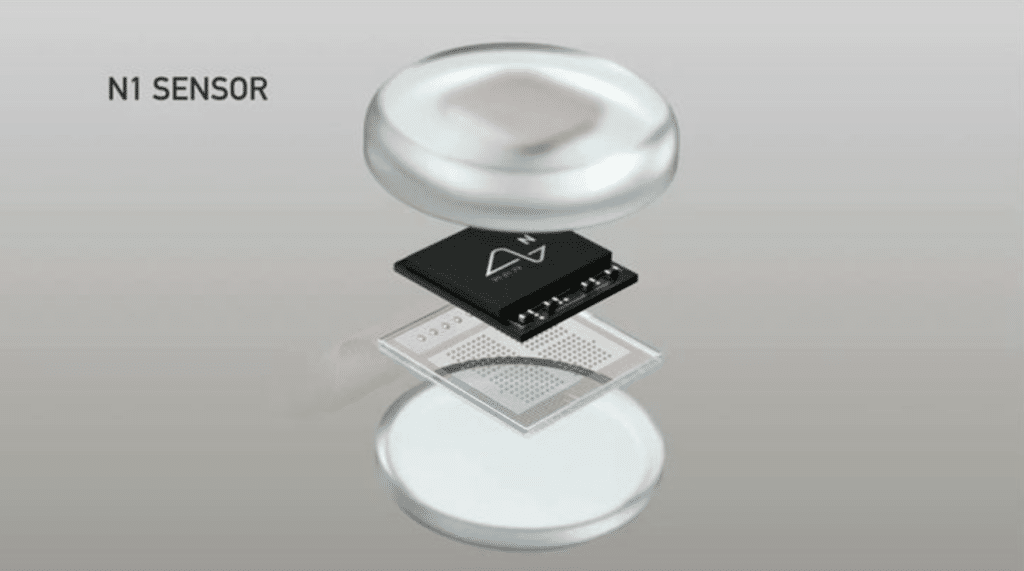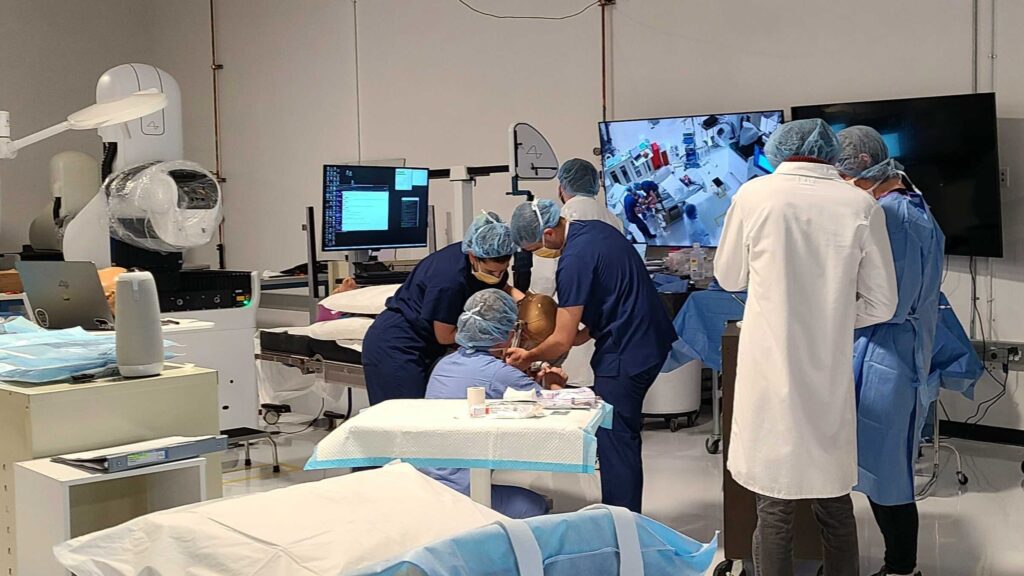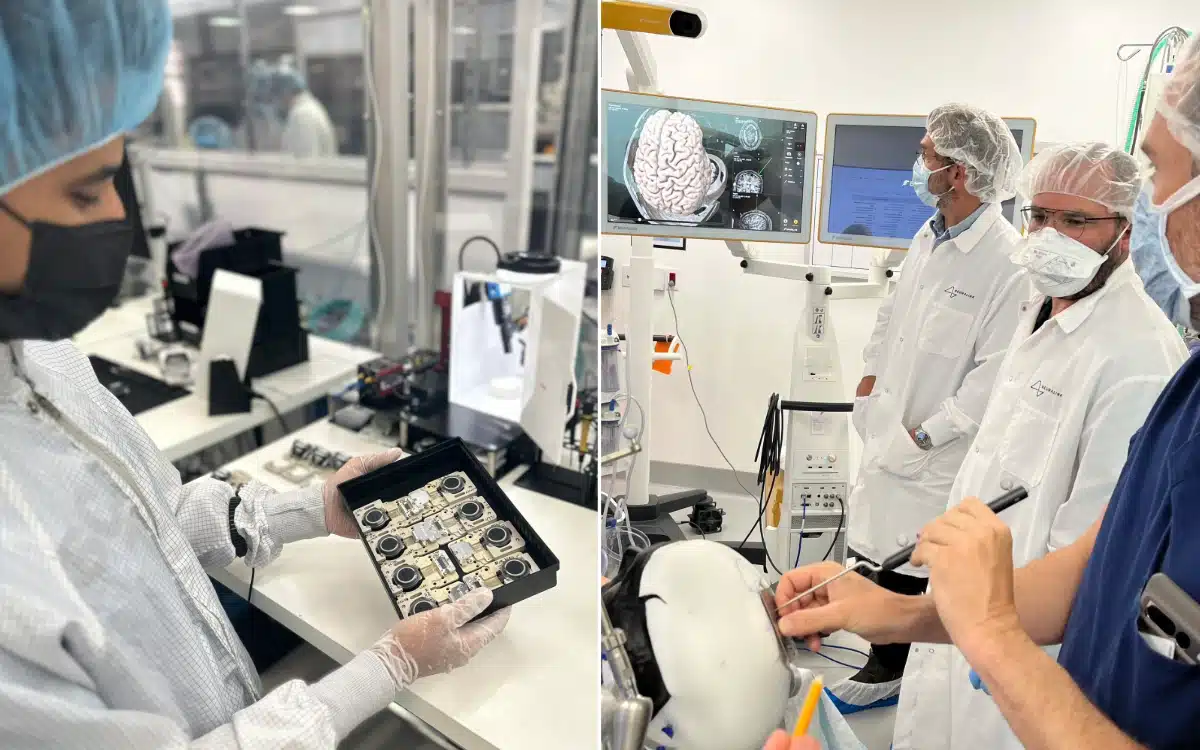Finding out how Neuralink actually works is taking many by surprise
- Neuralink recently successfully implanted a brain chip in a human for the first time
- The device, called ‘the Link’, represents a leap forward int he realm of brain-computer interfaces (BCIs)
- Here’s a look at the Link, how it’s implanted, and its functionality
Published on Apr 30, 2024 at 5:05 PM (UTC+4)
by Adam Gray
Last updated on May 02, 2024 at 6:52 PM (UTC+4)
Edited by
Tom Wood
It wasn’t that long ago that Elon Musk announced that Neuralink, his company aiming to revolutionize brain-computer interfaces (BCIs), had successfully implanted a brain chip in a human.
The first time such a device had been implanted, it marked a leap forward in the realm of BCIs.
Obviously, it’s an incredibly complex bit of tech – but finding out how it works has taken many by surprise.
READ MORE! World’s largest 3D printer can build a house in under 80 hours
But before we get into talking about how the tech works, a quick update on the first Neuralink patient.
So far, he’s live-streamed playing chess with his mind, and even shared his first post on X using just his thoughts.

Neuralink starts with a surgeon drilling a hole in the skull of the patient, about the size of a coin.
While that doesn’t sound particularly pleasant, rest assured the patient will have been administered an anesthetic to numb any pain.
Then, a robotic arm carefully inserts the fully implantable and ‘cosmetically invisible’ Neuralink chip.
The chip contains ultra-thin flexible threads, each finer than a strand of hair, that are meticulously weaved into the cerebral cortex, which is responsible for the brain’s higher-level processes like learning and emotion.
These threads are equipped with 1,024 electrodes that record the activity of neurons – the nerve cells that send messages all over the body to drive nearly all human functions.

The coin-sized device is powered by an advanced custom chip within the implant that processes these signals and transports them to a digital device through a standard Bluetooth connection.
Initially focussing on aiding patients with severe paralysis, Neuralink aims to restore personal control over limbs, prosthetics, or communication devices.
Recording and decoding neural signals from individual neurons, then transmitting them back to the brain using electrical stimulation, the chip enables the patient to control devices solely through thought.
When compared to other BCIs, Neuralink targets individual neurons, providing critical data for sophisticated thought-decoding.

What’s more, the company has even developed a robot to surgically implant the device with more precision and efficiency than a human surgeon.
Speaking of which, a doctor in Brazil recently used Apple Vision Pro for ‘game-changing’ surgery.
It’s still early days, but if the technology is successful, the company hopes to create direct brain-to-computer interfaces that connect a person’s thoughts to digital devices.
It’s no secret Musk’s long-term vision is to combine human consciousness with AI, a claim that’s drawn considerable skepticism from scientists.
DISCOVER SBX CARS: The global premium car auction platform powered by Supercar Blondie

Adam Gray is an experienced freelance motoring journalist and content creator based in the United Kingdom. Using his media accreditation with manufacturers’ press offices, Adam test drives the latest cars and attends new vehicle press launches, producing written reviews and news pieces for a variety of lifestyle and business publications. Here at Supercar Blondie, Adam applies his journalistic skills penning social-first content around current news and trends. When he’s not behind the wheel of the latest car or writing up another viral story, Adam can be found at his local rink playing ice hockey or at the Riverside Stadium supporting his beloved Middlesbrough FC.





